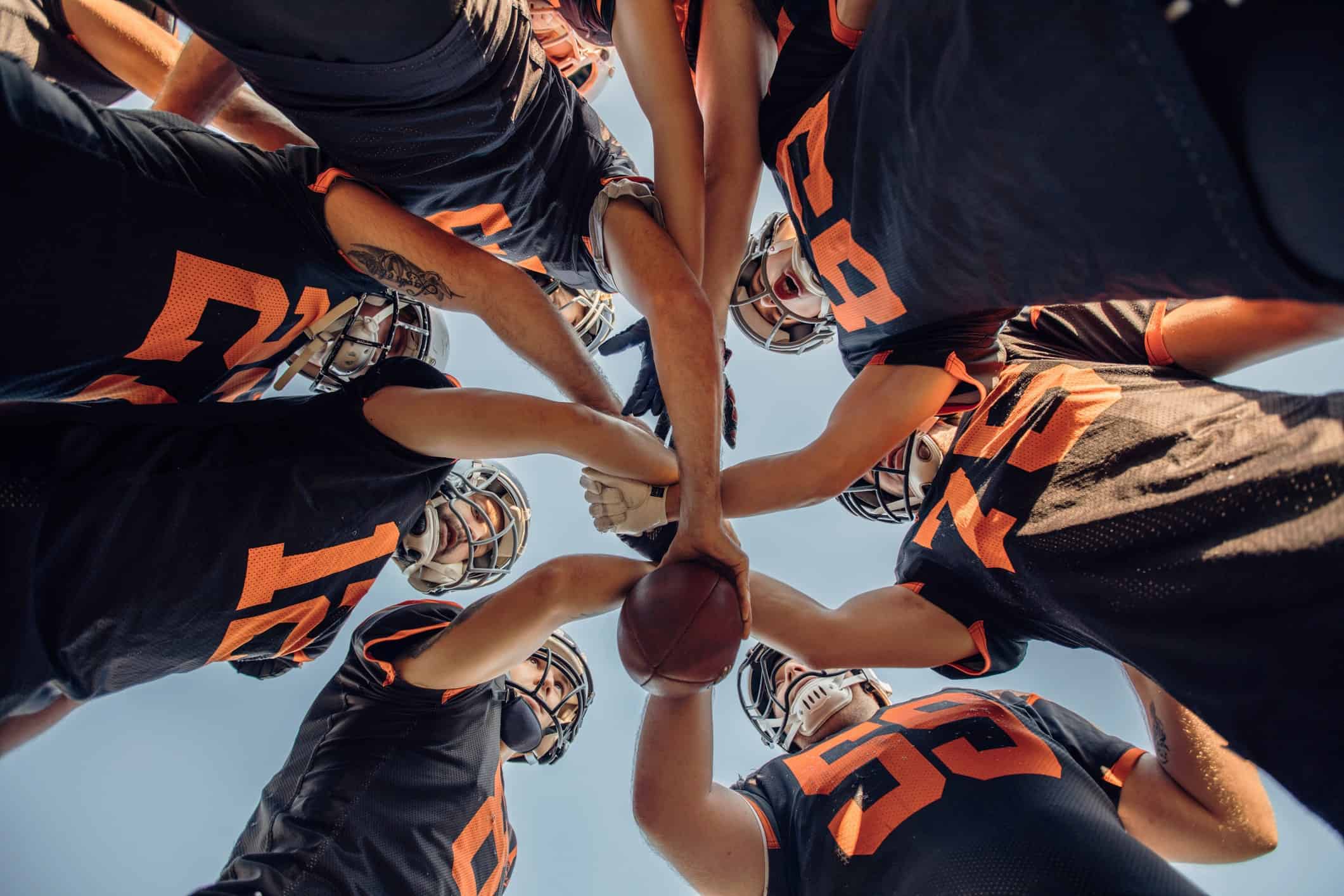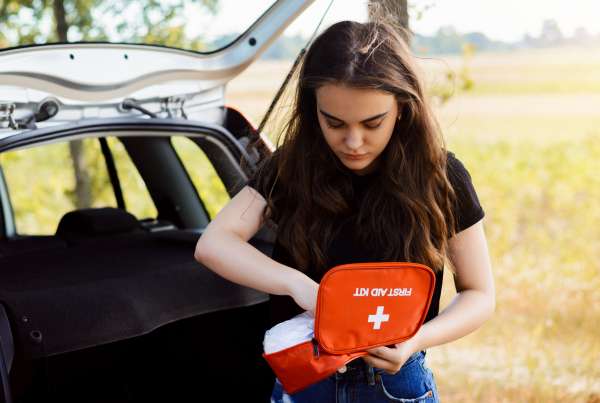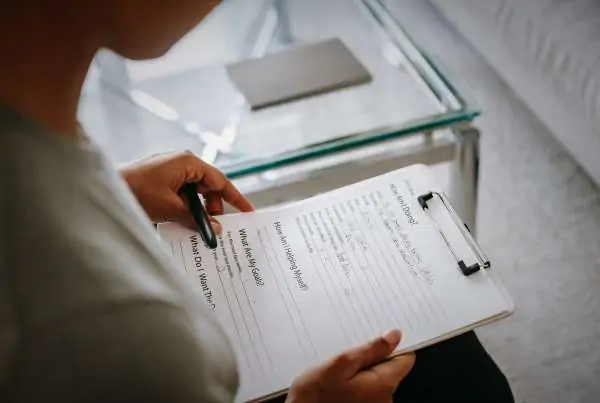Exercise and physical activity are often touted as beneficial for overall mental fitness, health, and wellbeing. Still, when people think about exercising for health, they foresee early morning jogs, aerobics classes, and gym memberships. Physical activity encompasses nearly any form of movement and exertion, however, and both children and adults stand to benefit from regular exercise – whether it’s a team sport or an individual one, whether it takes place in the great outdoors or an air-conditioned fitness center, and whether it’s competitive or a purely casual experience.
The key to incorporating exercise as a useful tool for improving mental fitness and health, providing a healthy kind of stress relief, and building physical fitness (which has a marked effect on mental fitness) is to find a physical activity or sport you like. Even kids who aren’t “natural athletes” and dislike sports may have just had bad experiences that they don’t want to repeat but aren’t aware of the sheer breadth of activities they could partake in one-person competitive sports to informal group activities that are fun and engaging.
Physical Activity, Physiological Changes, and Mental Fitness Impact
In part due to how staying in shape plays a role in our survival, physical activity leads to the release of endorphins and other neurotransmitters that generally make us feel good, both during and after exercise. Some people experience this release more strongly than others. There are genetic differences in both aptitudes to specific activities and how much any given person is likely to enjoy exercising.
But a lot of the love behind the exercise is also generated through experience, due to its habit-forming nature, as regular exercise correlates with improved self-esteem, better and more stable mood, and a profound impact on the symptoms and effects of long-term psychiatric conditions including:
In other words, the more regularly you exercise, the more likely you are to continue doing it.
Beyond Movement and Exercise
Actual physical movement elicits an endocrine response that makes us feel good – or at least, better than usual. This doesn’t mean exercise isn’t uncomfortable. There’s also the issue of muscle pain and recovery that can be quite jarring for some beginners.
But there is a direct physiological link between moving regularly and feeling better, both physically and psychologically, in the long-term. However, the benefits of sports and exercise go beyond the immediate impact of keeping fit. There are complex social elements in many activities that play a role in how much we enjoy them and impact whether we commit to them and how they fit into our lives.
Some teens are naturally competitive and are drawn to sports that they are good at, wherein they have an aptitude they can strive to improve upon to reach greater heights further. Other teens relish the camaraderie and interpersonal bonds forged in the middle of a challenging match between team members or rivals. Sports and physical activities are a great way to make new friends through shared hobbies and find things to talk about with other people.
Sports and physical activity also demand that teens develop physical fitness and improve upon it and hone their techniques. Teens are tasked with getting better, overcoming challenges, moving past failures, and working harder for successes. This kind of personal growth – challenging oneself and overcoming such difficulties – can provide an immense boost to confidence and mental fitness.
The Importance of a Personalized and Balanced Approach
It is not every teen’s dream to be a football captain, nor is it every teen’s dream to win in competitions, achieve physical excellence, or lead an unequivocally healthy lifestyle. Teens are young people, each with their goals and aspirations, each in a stage of their lives where these dreams and aspirations are volatile and temporary.
Whether an individual or as a team, physical exercise and sport is an opportunity for teens to experience positive peer interactions, cultivate healthier habits, and potentially discover hobbies that will continue to lead them towards future interests and serve as coping mechanisms. There are countless activities and sports for teens to try and develop an interest in.
Some teens hate track and cannot stand the weight room but love to dance or develop a swimming passion. Maybe they are born wrestlers or volleyball players. Perhaps they do not have a particular aptitude for any given sport but love to lift weights. Maybe they have the most fun on bars and rings and show some gymnastic aptitude.
Or perhaps it is the outdoors that call to them the most, and they are in their best element while hiking, rock climbing, or canoeing. Physical activity can be an immense boon on physical and mental fitness, both in the short term and in the long time, but both teens and parents have to put in the work to figure out what they enjoy doing.
There is often bound to be some skew to physical activity that your teen is particularly interested or talented in. Of course, talent doesn’t always imply interest – while it’s easier to enjoy doing something when you’re good at it, some teens fall in love with sports they have no aptitude for and develop skill through sheer determination.
Regardless of what your teen ends up having the most fun with, a balanced approach is still essential. Obsession with a sport or exercising, in general, can hint at a potential for other developing issues down the line, including:
-
- Body image problems and eating disorders in both boys and girls.
- Performance-enhancing substance use (which comes with a host of risks, especially for developing bodies).
- The chances of injury (from the physical and mental fitness impact of long-term pain to the medication and difficulties for physical recovery).
- The psychological effects of competition and failure.
- The potential for emotional and physical abuse, especially in team sports.
It might take time and a little experience for some teens (exceptionally competitive ones) to eventually find a balanced approach to their passion. Parents and educators will have to temper the overeager and learn not to fuel behavior that might end up destroying a teen’s health.









